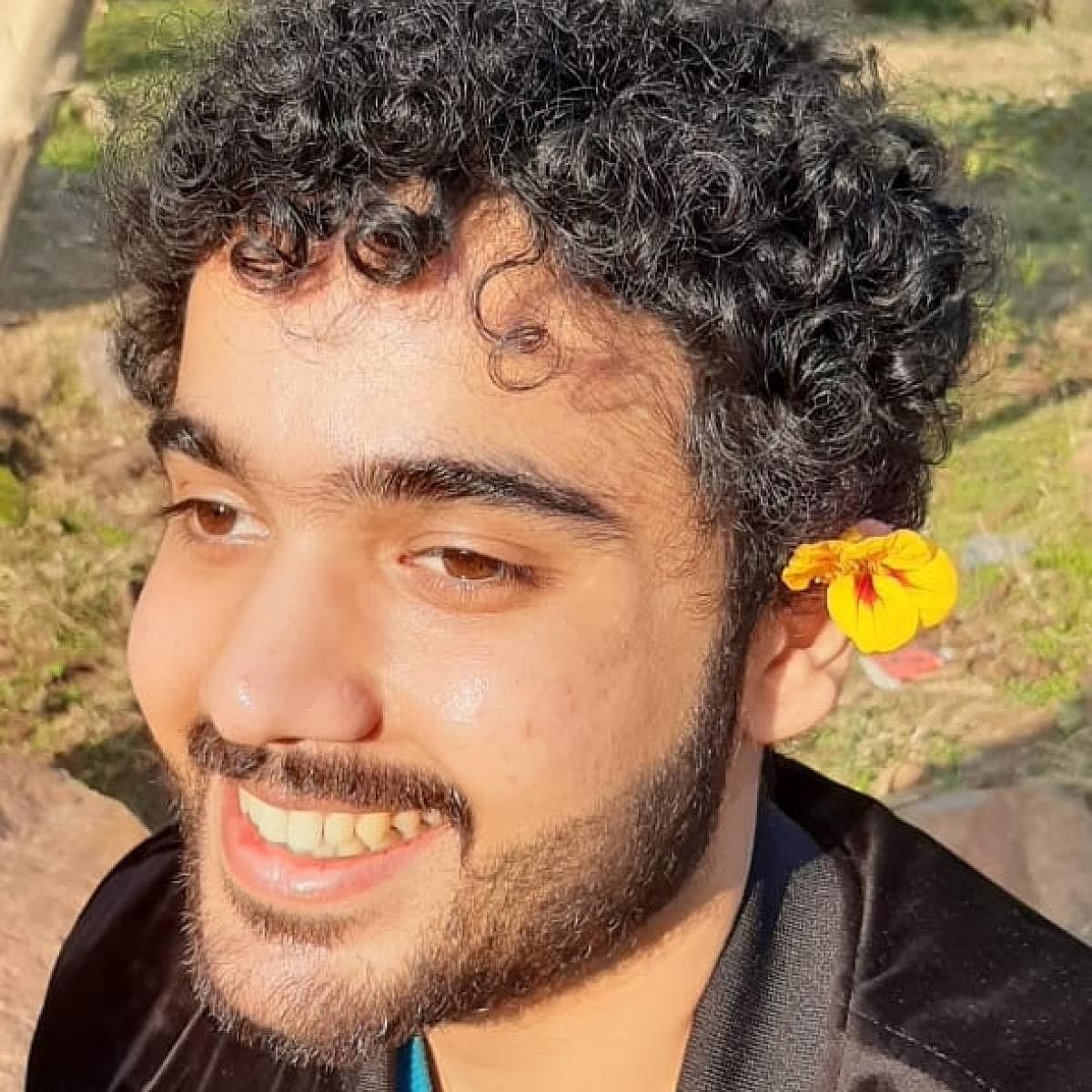
Out of our many commercially-driven “holidays,” Valentine’s Day is largely a projection of heteronormativity. Cards, roses, teddy bears, chocolates — and just about any object you imagine contorted into the shape of a heart — have all been strong visual cues for this day to celebrate love. Incidentally, the ideal love stories we are shown are pretty much always between men and women. This excludes people on the LGBTQ+ spectrum. Furthermore, it fails to recognise that not everyone experiences romantic attraction.
However, recently we are observing a shift in the paradigm. More people than ever are rewriting the narrative, one that celebrates all kinds of love.
Mumbai-based Shraddha Kutty, a 30-year-old solo polyamorist, believes Valentine’s Day is a polarising holiday. Growing up as a non-binary they never felt connected with this day. “Primarily it has been a celebration of cisgender, heterosexual, monogamous kind of love and I never found meaning in such festivals. It’s actually fun to see the colours peppered everywhere but I just never understood why this one type of relationship is given so much importance,” says Shraddha.
Shraddha, a designer by profession adds, “We must celebrate all kinds of love. Especially for queer people, the recognition is crucial. I don’t celebrate Valentine’s day because I don’t care for it but I see the necessity to talk about inclusivity. Love knows no gender and it’s purely a feeling that comes from the heart. Rakshit Malik who identifies as gay, says, “Valentine’s Day comes with a lot of pressure — pressure to celebrate, socialise in a certain way. In fact, the pressure goes on to cause a mental rift. Growing up as a queer disabled I felt an underlying resentment that the day isn’t ‘for me’.” Malik goes on to narrate how the whole experience of this festival takes a toll on queer disabled people. “As we have been through a period of ableism the realisation to have sex in a certain way, love in a certain way — we end up disliking our own bodies. To me, Valentine’s Day made me realise my disability.”
Celebrating all kinds of love
Regardless of its origin, Valentine’s Day unquestionably assumes that the people celebrating it are alloromantic — that is people who experience romantic attraction. But romantic attraction, just like sexuality and gender, exists on a spectrum. For Aditya, 28, who is aromantic and doesn’t experience romantic attraction, Valentine’s is a day he didn’t pay much attention to while growing up. He says, “It felt irrelevant to me as it always felt like a day for celebrating romantic relationships, which I’ve never wanted to be in. However, I cherish the love I have for my family and friends. I usually spend time with them and enjoy the food we cook for the day.”
Nu, a non-binary, queer disabled opines: “The world’s systems and structures have been formed on able-bodied heteronormative terms. While non-normative sexualities are shunned, love is considered valid only when it is given a heterosexual abled template. Well, not anymore. This Valentine’s Day, Love will be mad, love will be Crip, love will be Neurodivergent, love will be queer, love will be ours!”
Nu will be celebrating it by launching a project called Criplentine’s Day. As a part of the project, they will launch a digital anthology that includes a fairytale love story between a girl and her mobility aid, two queer, disabled lovers eating rainbow-coloured ice cream and kissing each other with rainbow-coloured mouths, the love between two best friends who’ve created their own queer, disabled utopia by finding solace and belonging in each other in a new city, and more.
It all started with the celebration of Leslie Knope’s lady friends. But the pseudo-holiday has caught on as a way to celebrate female friendship. Soni Tomar, 23, shares, “a bond between best girlfriends is powerful, and it deserves to be celebrated. We are proud of our 16 years of friendship and never miss a chance to go out and celebrate it. This Galentine’s day we will be cooking our favourite recipe and eating it together on Zoom.”
Valentine’s Day in a queer way
Pardeep and Sumitro are using the day to celebrate their love, but they’re making Valentine’s queerer by taking some of the more unique romantic aspects of the day and shedding others that don’t work for them. Pardeep remembers their first Valentine’s Day when they surprised their partner by taking them to a tattoo shop in Bandra, Mumbai.“It was a surprise for my love,” gushes Pardeep. Since then it has become a yearly ritual to get a tattoo on their bodies as a mark to celebrate.
Counting on the number of tattoos the 33-year-old says, “This Valentine’s we will be getting our third tattoo. We are so excited about everything.”
A different take on celebration
“An LGBTQIA’s+ Valentine’s Day celebration sounds like yet another way to commercialise and bring in a sense of otherness to the table when it comes to LGBTQIA+ individuals. This is doing more harm than good,” says Mumbai-based photographer, educator and HR professional Shreya Shetty who identifies herself as bisexual.
“We’re all just individuals, the only difference being that for years, our love was criminalised. That being said — Valentine’s Day has been celebrated far and wide, between individuals both straight and beyond the binary. I guess we now get to be just as commercialised and free in our expressions of love as any other individual since we won’t be locked up behind bars for whom we choose to love,” Shreya says.